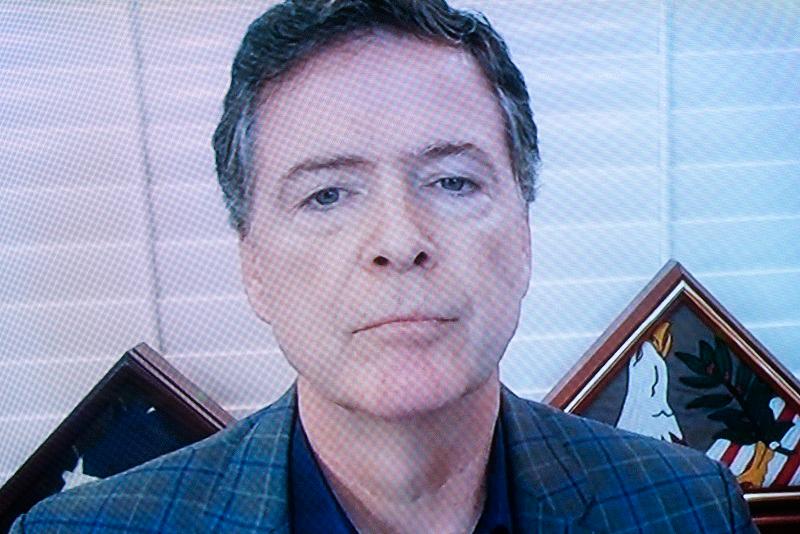Commentary
The foundations of American civic life are collapsing. Venerable civic and public institutions that once supplied order and a sense of belonging to American communities are crumbling and in danger of organizational collapse.

The foundations of American civic life are collapsing. Venerable civic and public institutions that once supplied order and a sense of belonging to American communities are crumbling and in danger of organizational collapse.